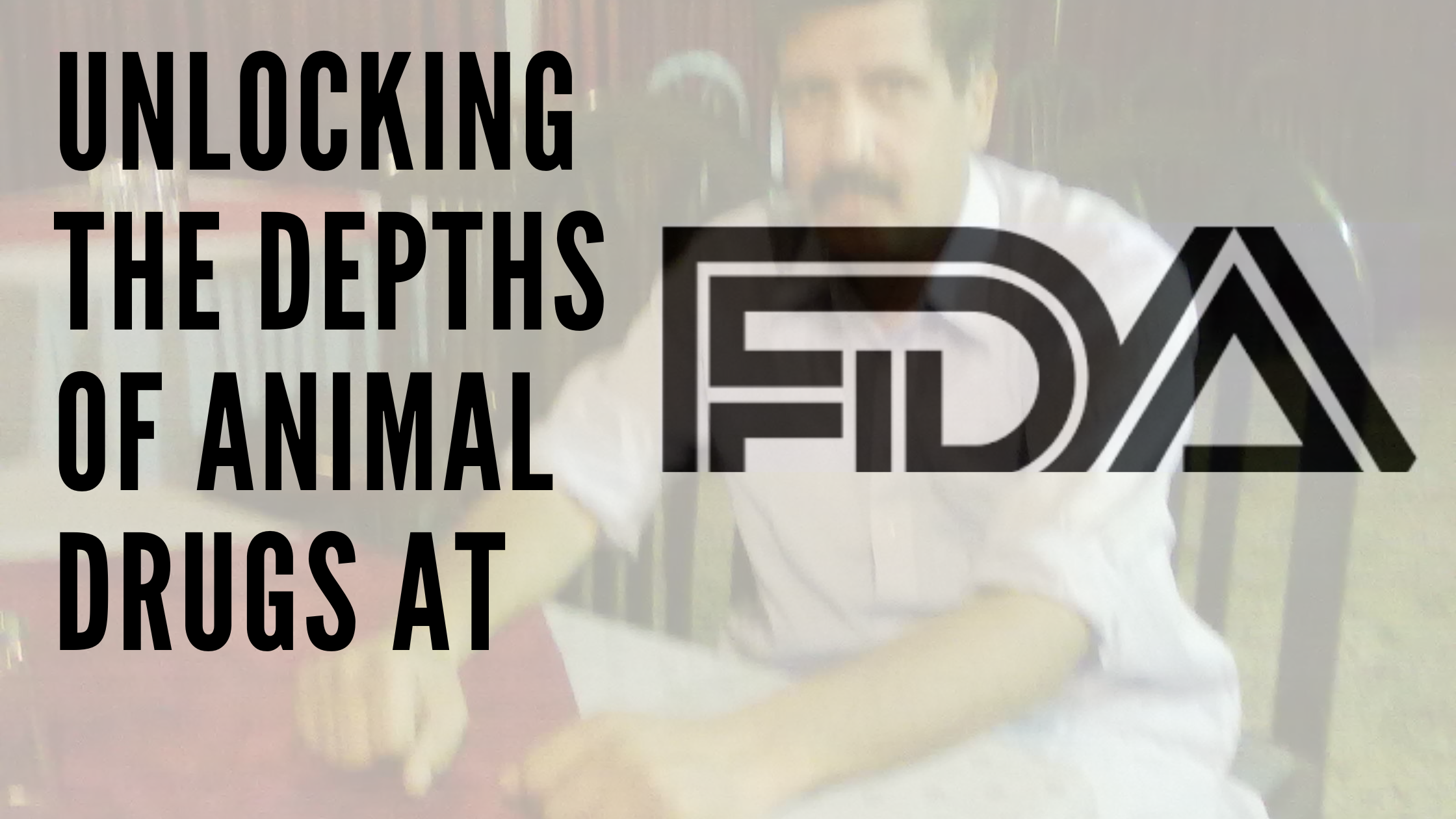In the territory of pharmaceutical lapse, the Food and Drug Administration (FDA) plays a fundamental role in ensuring the safety and efficacy of drugs. This holds true not only for medications intended for human use but covers to the complex world of animal drugs as well. In this comprehensive guide, we investigate into the hints of the regulatory landscape surrounding animal drugs at the FDA, shedding light on the processes, regulations, and key considerations that define this vital field.
The FDA’s Regulatory Framework for Animal Drugs
Understanding the Approval Process
Navigating the web of FDA approvals is critical for any drug, including those designed for our furry and feathered companions. The approval process for animal drugs follows a strict path, mirroring the thorough evaluations conducted for human pharmaceuticals. This particular process aims to guarantee the safety, efficacy, and quality of drugs before they reach the market.
Categorization of Animal Drugs
Animal drugs, much like their human counterparts, fall into various categories based on their intended use and effects. From antibiotics to pain relievers, each category undergoes specific scrutiny, ensuring that the unique needs of different species are addressed. This categorization facilitates a tailored approach to drug approval, acknowledging the variety of the animal kingdom.
Key Considerations in Animal Drug Development
Species-Specific Considerations
One of the distinctive aspects of developing animal drugs lies in acknowledging the enormous range of species that may benefit from pharmaceutical involvements. Whether it’s a domesticated pet, livestock, or exotic animals in zoos, each species presents unique physiological and metabolic challenges. Drug developers must carefully consider these factors to ensure both safety and efficacy.
Ethical and Welfare Considerations
Animal welfare is a supreme concern in the development and approval of animal drugs. Striking a balance between improving health results and confirming the humane treatment of animals is a delicate task. The FDA’s regulatory framework places a strong emphasis on ethical considerations, requiring hard valuations of the potential impact of drugs on animal well-being.
Regulatory Oversight and Compliance
Surveillance and Monitoring
Post-approval, the FDA continues to exercise watchful oversight through surveillance and monitoring mechanisms. Adverse actions, unpredicted side effects, or developing patterns in drug efficacy are closely traced to safeguard the well-being of animals. This ongoing evaluation ensures that the benefits of animal drugs continue to compensate any possible risks.
Evolving Regulations
The landscape of animal drug regulation is dynamic, with continuous updates reflecting advancements in scientific understanding and technology. Staying abreast of these changes is paramount for pharmaceutical companies and veterinarians alike. The FDA’s commitment to adapting regulations ensures that the latest scientific knowledge shapes the lapse of animal drugs.
Collaborative Efforts in Animal Drug Research
Industry and Academic Partnerships
In the search of quality in animal drug development, collaboration is key. Industry partnerships with academic institutions foster a rich environment for research and innovation. By combining resources and expertise, these collaborations contribute to the development of safer and more effective pharmaceuticals for animals.
In the intricate tapestry of animal drugs at the FDA, a commitment to quality, safety, and welfare is evident. Understanding the regulatory landscape, key considerations in drug development, and the importance of ongoing surveillance is crucial for all stakeholders. As we navigate the evolving terrain of animal drug regulation, a shared responsibility emerges—one that places the well-being of our animal companions at its core.



